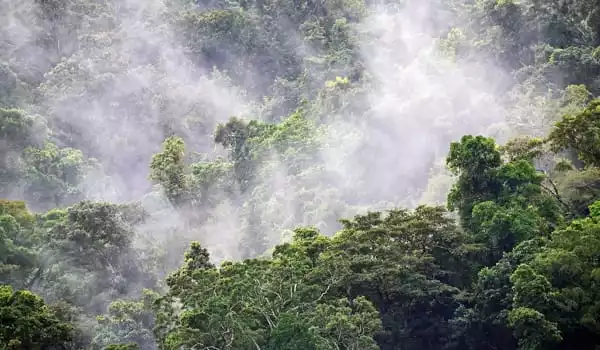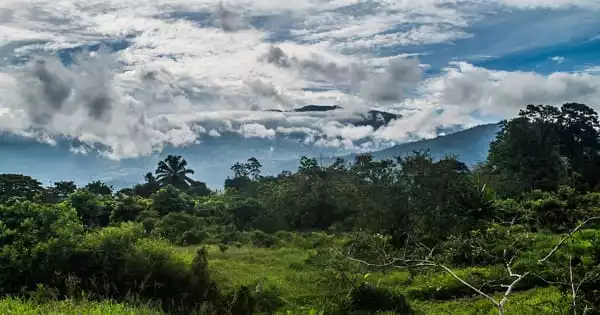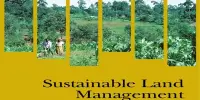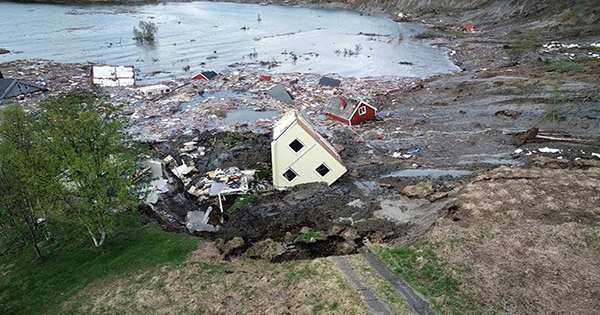Tropical forests are among the world’s most effective instruments for combating climate change and the extinction of wild species. They store massive amounts of carbon, provide habitat for countless plants and animals, and are home to Indigenous peoples who sustain them. That is why, at the recent United Nations climate change meeting in Glasgow, more than 100 world leaders pledged to cease deforestation by 2030.
We all know that cleared rainforests take a long time to regrow, but how long exactly? Certain features of the Brazilian Atlantic forest, according to a study, can rebound unexpectedly swiftly – within 65 years. However, it takes much longer – up to 4000 years – for the terrain to totally restore its native nature.
The Atlantic forest formerly covered 1.2 million square kilometers and spanned down the southern half of Brazil’s Atlantic coast. The forest, which was once lush, has been continuously plundered for food, wood, and space.
Today, the majority of the country’s population lives on the territory it formerly occupied, including Brazil’s two largest cities, So Paulo and Rio de Janeiro, and barely 100,000 square kilometers of forest remain. However, in 1993, the government established many protected zones to preserve the forest’s vestiges.
Animal-dispersed trees support a great number of fruit-eating species, which in turn support other creatures, including large carnivores. Thus, we may assess how complicated the forest’s ecological web has evolved based on the fraction of animal-dispersed trees.
Lourens Poorter
Globally, tropical forests are disappearing at an alarming rate. As forested land is removed for cultivation, climate-warming carbon is released, and biodiversity suffers. Nature, on the other hand, can make a surprisingly swift rebound when farmland is left alone. Researchers find in Science that after just 20 years, forests can recover by over 80% in crucial areas such as biodiversity and soil health.
According to ecologist Lourens Poorter of Wageningen University in the Netherlands, preserving existing forests is critical for mitigating climate change and reversing species loss. However, this study found that allowing trees to recover had “huge [climate] mitigation potential.”
Land cleared of tropical forests often is abandoned after a few years of low-intensity agricultural use, Poorter says, allowing nature to creep back in. To see how such areas recover, he and colleagues studied 77 sites across the Americas and West Africa that are regrowing forests that vary in age. Using 51 old-growth sites, those that show no signs of human use in at least 100 years, as a baseline, the researchers investigated 12 forest attributes related to soil health, ecosystem functioning, forest structure, and plant biodiversity, analyzing how quickly those things recovered.

The researchers examined four aspects of forest regrowth: the proportion of tree species whose seeds are disseminated by animals, the proportion of species that can thrive in shade, tree height, and the number of native species.
“Animal-dispersed trees support a great number of fruit-eating species, which in turn support other creatures, including large carnivores,” Marques explains. “Thus, we may assess how complicated the forest’s ecological web has evolved based on the fraction of animal-dispersed trees.”
Animals play an important role in the successful regeneration of cleared areas, and 80 percent of the tree species in a mature tropical rainforest are animal-dispersed. It only took 65 years for a forest to recover to this level, according to the experts.
Soil recovered the most quickly, with carbon and nitrogen levels approaching those of old-growth forests within a decade of abandonment. After 38 years, regrowing forests had nearly as many plant species on average as identical old-growth forests, though the researchers predict that it will take 120 years for the relative abundances of the species to recover to 90 percent of old-growth levels. According to the research, total aboveground biomass will take 120 years to reach near-untouched forest levels.
Overall, “healing was far faster than we expected,” Poorter says. The seeds and stumps that remained after clearing most likely expedited the process. He believes that recovery time may be slower on land that has seen more intensive agricultural use, but that safeguarding regrowing trees can be a “cheap, natural solution” to help address the climate and biodiversity issues.
Our research reveals that tropical forests rebound unexpectedly quickly: they can sprout in abandoned areas and regain many of their old-growth characteristics, such as soil quality, tree attributes, and ecosystem services, in as little as 10 to 20 years. However, in order to assist in efficient forest restoration and planning, it is necessary to understand how rapidly distinct forest functions and qualities recover.
















